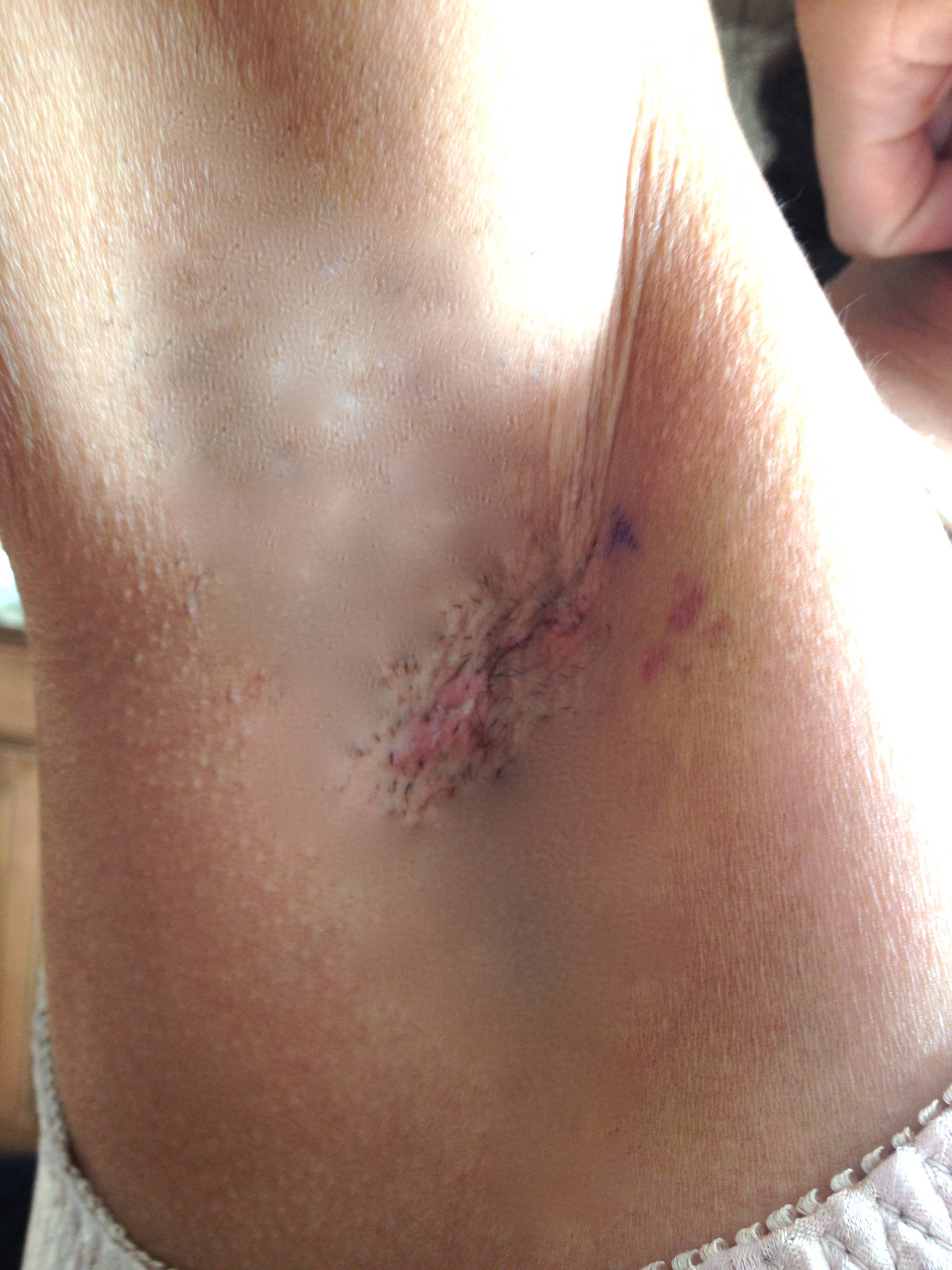
Cholesterol deposits in the eyes can cause discomfort and increase in size. They don't need to be removed and are completely harmless. Most patients who have cholesterol deposits around the eye also have dyslipidemia. This is when there are too many fats in the body. Find out more about dyslipidemia and how to treat it. These are the steps you should take if cholesterol is accumulating around your eyes.
Dyslipidemia can cause xanthelasma
Dyslipidemia (a condition where too many fatty substances in the blood) is a common cause for xanthelasma. High levels of LDL (bad cholesterol) or HDL (good cholesterol) in the blood are indicative of dyslipidemia. People with xanthelasma usually have high blood cholesterol levels. They could also be susceptible to inflammation and other problems that can come with high cholesterol.

Xanthelasma (Xanthelasma) is a condition where fat deposits in the eyes develop. It can occur in patients with primary and secondary hyperlipemia, as well as in diabetics. This condition is usually marked by yellowish-colored plaques on the inner sides of the lower or upper eyelids. Although rare in the younger age group, it can be very serious. If you think you might have xanthelasma, it is best to see a doctor.
Lipoprotein deposits in eyes
A variety of processes can lead to lipoprotein deposits in the eyes. These lipids can build up on the cornea and cause NV, opacification and decreases in visual acuity. They form when the underlying cell structure is damaged or no longer functions properly. These conditions can often be slow-progressing, and they are often caused multiple factors. There are two main types of LK: idiopathic, which develops spontaneously, and secondary, which results from other conditions. In both cases, lipid deposition is secondary to the underlying systemic disease. Third, previous ocular traumas and diseases can cause lipid deposition.
Ocular lipid deposits are most common in the corneal archus. It's caused by the formation of cholesterol and phospholipids into the peripheral retina. Although it is thought to be a natural part of aging, it can also be a sign of hyperlipidemia. To determine if it is the cause of your eye problem, a professional should screen it.
Atherosclerosis can be caused when lipoprotein deposits are formed
The accumulation of cholesterol in the blood vessels narrows them and makes them harder. These vessels are flexible and malleable and hardening can be detrimental to one's health. A condition called dyslipidemia (too much lipid) is the most common cause of cholesterol accumulation in the eyes. A physician should screen anyone with eye problems that occur before the age of 40.

The inflammatory response caused by fatty deposits in the eyes is a precursor to atherosclerosis. When a person is not active, lipids build up in their bloodstream. As a result, xanthelasma can develop around the eyes, which can lead atherosclerosis. Although there are many reasons for xanthelasma it is most commonly genetic. This condition may be caused by genetic conditions that raise blood lipid levels. Cholesterol can be obtained from meat and dairy products. Cholesterol is vital for your body's ability build cell membranes, make hormones and help in the digestion fats.